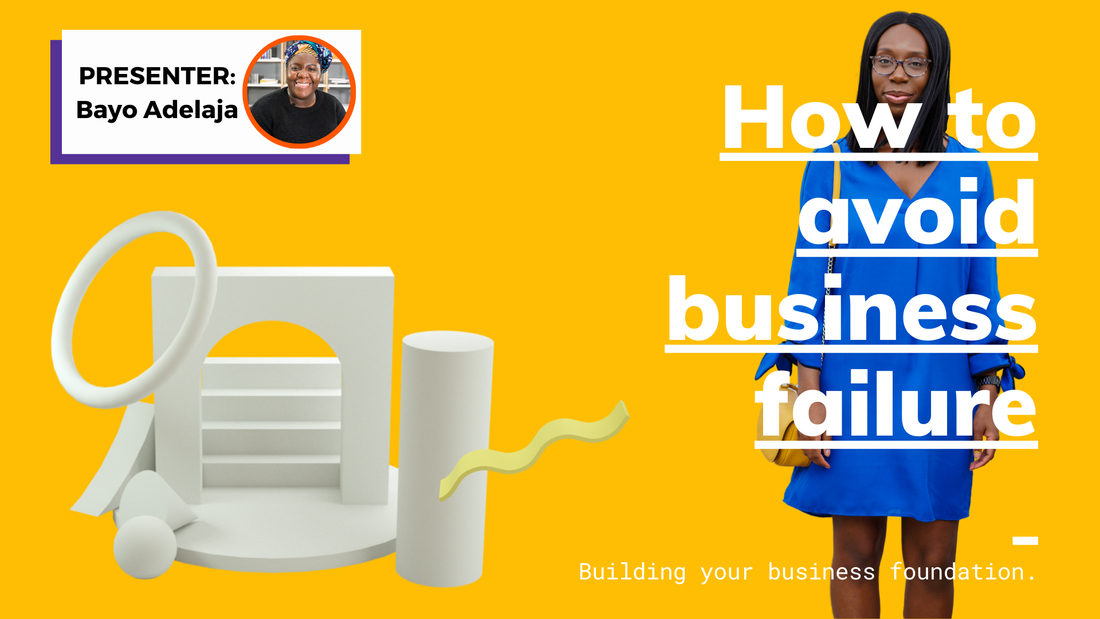How to avoid business failure
|
In this session, you will learn about failure, why businesses tend to fail and ways you can start building mechanisms into your business to bridge over the potholes that lead to failure.
Tasks
|
Downloadable resources Further reading
|








